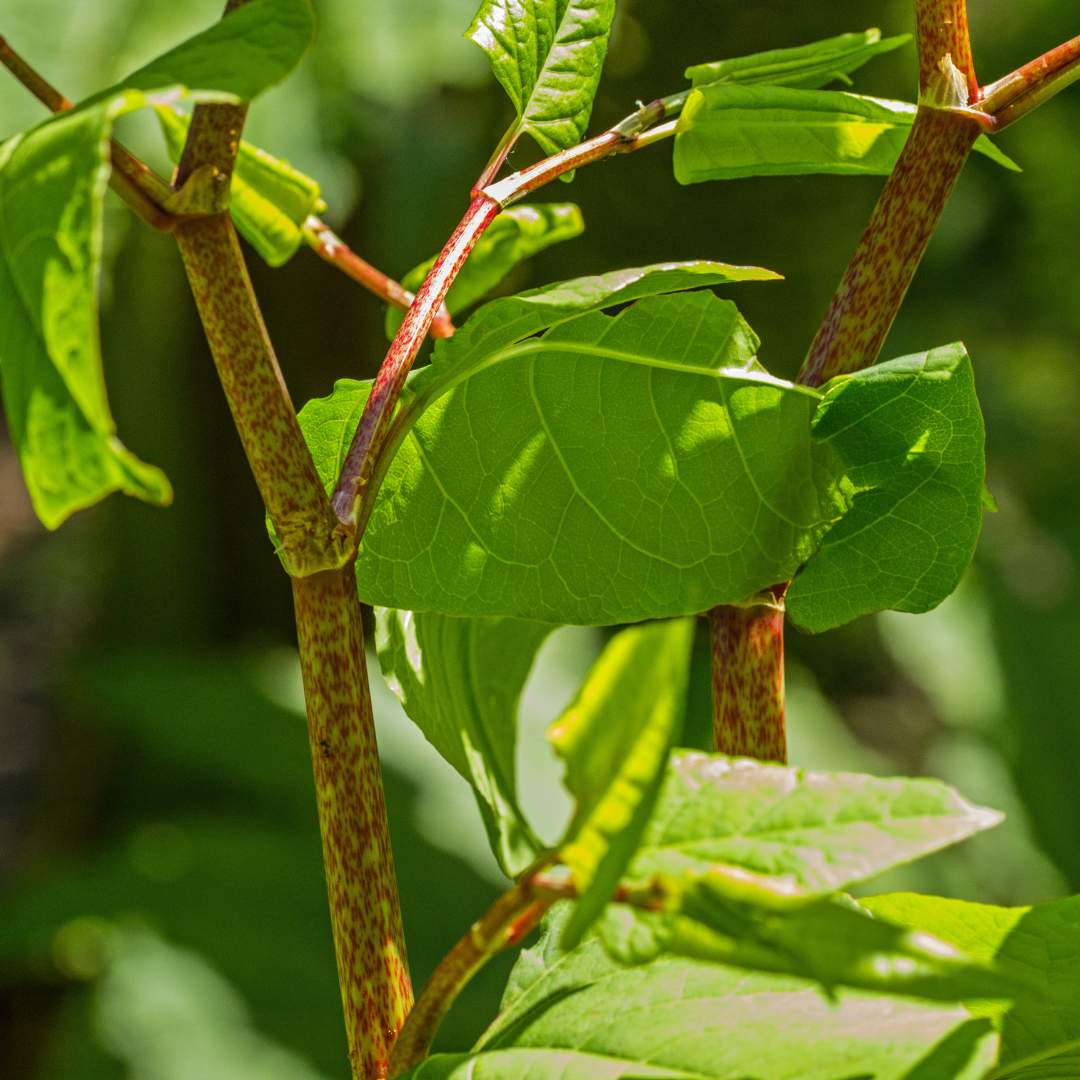”I generally steer people away from foraging for Japanese Knotweed (aka Donkey Rhubarb). It’s not that it’s not tasty I just believe if it’s not understood properly with the risks then having it in a menu for only fashionable reasons is not that cool.
GeorgeFlavour Fred
First introduced by German-British botanic Philipp Franz von Siebold in the 19th century as an ornamental plant. And I will agree it is a very beautiful plant with these broad arrow head shape leaves unfurling like the start of a spear bursting from the ground or to me a Japanese dragon. As it grows to around 2m the hollow stems become more fibrous and the leaves are predominantly green. Lots of oxalic acid (like rhubarb) also means eating large quantities uncooked is a risk for a couple reasons, one of which is kidney stones.
This invasive species is always a cause for concern as any home owners will have a clause in a mortgage given the damage it can do. Japanese Knotweed has the ability to exploit cracks in concrete and continue to find ways through doing damage as it seeks out moisture for growth. It’s ability to break through foundations comes from the fact that it is a pioneering plant native to Japan where it is the first plant to come up after eruptions of volcanoes. Once this plant is in an environment it’s very hard to get rid of as its rhizomes can go 3 meters deep and stretch up to 7 meters, easily sprouting, growing from the exposed shoots at its base and just wants to take over aggressively destroying significant habitats and edges of rivers/waterways.
You’ll find it listed under Section 14 of the Wildlife and Countryside Act 1981. If it is on your land you can also be enforced to remove it (£10,000 cost) or get fined and even worse sent to prison. Removal of Japanese Knotweed is a big business as well. That always makes me wonder who got those contracts for the required accreditations
That’s how I feel about it of course I have used it and made martini’s, used for tempura dishes treated it like asparagus and much more always treating it with extreme caution. You also will find many foragers/chefs using it and the argument to have a radical control on invasive species that destroys existing ecosystems is a cool concept but processes need to be in place to make sure it is exactly that and not allowed to run riot anymore than it already has. A collective controlled effort is a very interesting prospect but ultimately understand it before you demonise it.
There is also evidence that supports its use in treating Lyme disease as it has active compounds that appear to be highly effective against the bacterium that causes Lyme disease.
https://www.telegraph.co.uk/science/2020/02/21/japanese-knotweed-could-key-fighting-lyme-disease/



